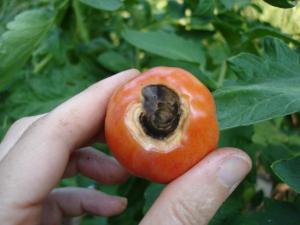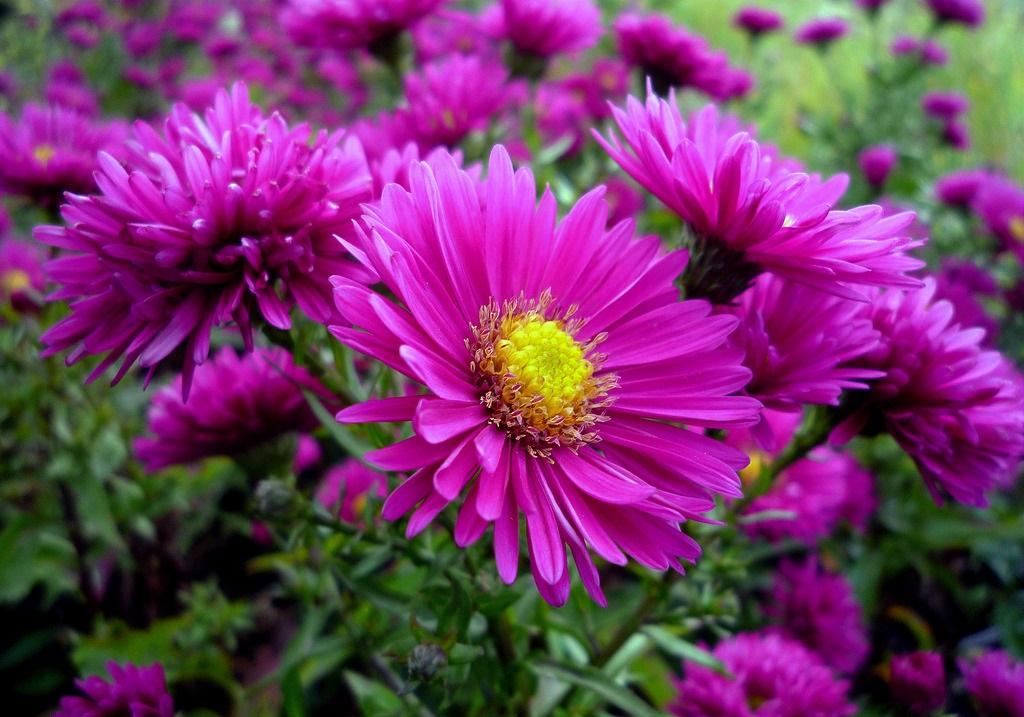 by Chris Brown, of Browns Nurseries
by Chris Brown, of Browns Nurseries
Q. I have recently moved house and the garden’s soil is mostly clay. Could you give me some advice on gardening on clay and recommend some plants, please?
The new gardener often views a heavy clay soil with despair because it is poor to warm is spring, poorly drained, and back-breaking to dig. It is also prone to compaction when walked on. Impossibly sticky when wet, and as hard as brick when dry, one improved by careful digging and the use of soil additives, clay can prove the most fertile of soils.
Clay benefits from a remarkable ability to retain nutrients and water, so it is rich in the ingredients needed for good plant growth. Clay soils can be improved by a variety of techniques. First, it can be dug over in autumn, with fresh-turned clods left to be broken down by the frosts over winter. Avoid undoing all your good work by treading on and compacting the soil.
Delay planting until spring when the soil will crumble easily with frost mould. At this point dig in coarse grit, well rotted manure, mushroom compost, or leaf mould.
Plants that work well in clay soils are…
* Acer palmatum ‘bloodgood’. A fine specimen, ideal for a small garden.
* Betula utilis jacquemontii. Good for larger gardens, this birch has beautiful white stems when it matures.
* Magnolia ‘soulangeana’. The huge, goblet-shaped pink, violet, or white flowers that are treasured on this shrubby tree.
* Meilia. The gracefully-arching, zig-zagging branches on this shrub bear clusters of bell-shaped, rose-pink flowers.
* Spirea ‘goldflame’. A low but wide-spreading shrub that has beautiful gold foliage in spring followed by pink flowers.
* Weigela ‘florida variegata’. Has white-margined leaves and clusters of funnel-shaped light pink flowers.
Perennials that are very good on clay soils include…
* Aster novi-belgii ‘Jenny’. This Michaelmas daisy is grown for its sprays of daisy-like, red-purple and yellow flowers which flower from late summer to mid autumn.
* Astilbe ‘fanal’. Has long lived, deep crimson flowers that rise above the mass of finely divided bright green leaves.
* Astrantia major sunningdale variegated. Has creamy margined leaves and pink flowers.
* Geranium ‘Rozanne’. The summer-long display of this geranium makes it one of the best plants to have in your garden.
* Helenium ‘moerheim beauty’. This robust and upright perennial bears a succession of rich coppery red with dark brown centres.
* Monarda ‘Beauty of Cobham’. Has pale pink flowers and is very attractive to bees.
Q. Last year my tomatoes suffered from a brown ring on the end of their fruits. Can you give me some advice on how to stop this happening, please?
 The problem you have is blossom end rot. Caused by adverse growing conditions, blossom end rot shows as a brown ring or patch on the end of tomatoes. As the patch increases in size it makes a sunken appearance. Blossom end rot is caused by a lack of calcium in the fruit. Calcium deficiency
The problem you have is blossom end rot. Caused by adverse growing conditions, blossom end rot shows as a brown ring or patch on the end of tomatoes. As the patch increases in size it makes a sunken appearance. Blossom end rot is caused by a lack of calcium in the fruit. Calcium deficiency
reduces cell membrane permeability and this leads to swelling of the cells followed by leakage and destruction of the membrane structure. New cells can’t form so this causes the dark sunken areas.
It’s rare for grow bags or potting compost to lack calcium, and there is almost always plenty in the soil. However, for calcium to reach the parts of the plant that are furthest from the roots there needs to be good flow of water through the plant. The fruits are distant from the roots and do not compete as well as the leaves for calcium.
There is nothing you can do to save fruits once they have blossom end rot, but you can prevent it from happening again by keeping the growing media consistently moist throughout the growing season. During hot periods the plant may need watering twice a day. Very high air humidity can also limit water uptake, so good daytime ventilation of greenhouses is helpful.
Best of luck!











Add a comment